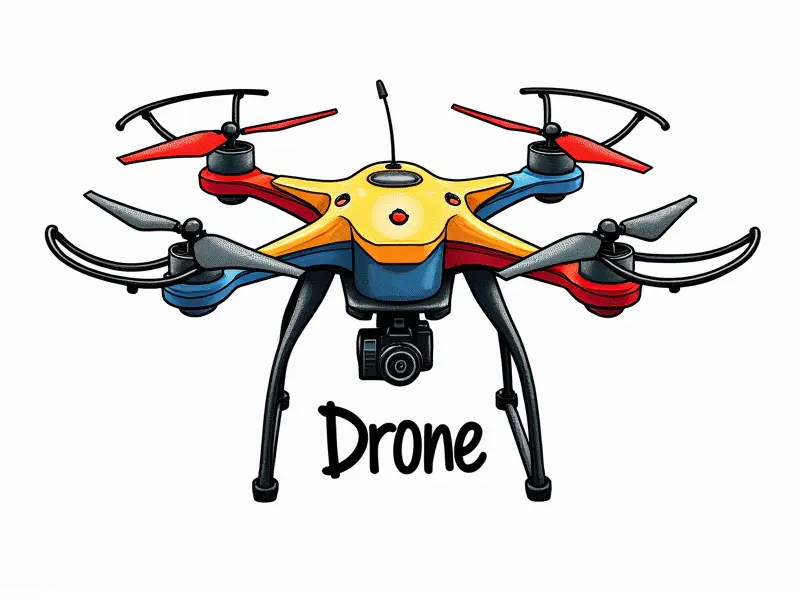Is it legal to fly over houses?

Can You Fly RC Over Houses?
Flying remote-controlled (RC) aircraft over houses is a common pastime for enthusiasts and hobbyists alike. However, it's essential to understand the legalities involved before taking your RC aircraft into residential airspace.
The Federal Aviation Administration (FAA) regulates all flights within U.S. airspace, including those conducted with RC models. While there are no specific rules governing flying over houses, general regulations must be followed to ensure compliance and safety.
Legalities of Flying RC Over Homes
The legal implications of operating an RC aircraft near homes can vary based on federal, state, and local laws. The FAA's Unmanned Aircraft Systems (UAS) webpage provides guidelines for recreational and commercial use.
- Federal Regulations: RC aircraft must be flown below 400 feet in altitude, kept within visual line of sight, and not interfere with manned aircraft operations.
- Safety Concerns: Flying near homes could result in property damage or injury if the RC aircraft malfunctions or crashes.
Is It Legal to Drone Over Houses?
The term "drone" often refers to unmanned aerial vehicles (UAV) used for both recreational and commercial purposes. While drones are a subset of RC aircraft, they come with additional regulations due to their capabilities and potential impact.
- Privacy Issues: Drones equipped with cameras can raise privacy concerns if flown over private property without consent.
- No Fly Zones: Some areas near airports, military bases, or other restricted zones have specific regulations prohibiting drone flights.
RC Flight Rules: Residential Areas
Flying RC aircraft in residential areas requires adherence to certain rules to avoid legal and safety issues. Here are some key points:
- Visual Line of Sight: Always keep the RC within your visual line of sight, which is crucial for avoiding obstacles and other aircraft.
- No Flight Over People: Avoid flying over crowds or individuals to prevent accidents caused by falling debris from the aircraft.
Flying RCs Above Neighbors' Roofs
The legality of flying RC aircraft above neighbors' roofs is a common concern among hobbyists. Here are some considerations:
- Respect Privacy: Be mindful of your neighbors’ privacy and avoid using cameras or recording devices without their consent.
- Avoid Noisy Flights: Loud RC flights can be disruptive to residential areas. Choose quieter times, such as early mornings or late afternoons, when fewer people are outside.
Legal RC Flights Over Properties
To ensure your RC flights over properties are legal and safe, follow these guidelines:
- Avoid Restricted Areas: Stay clear of no-fly zones such as military bases, airports, and other areas with specific regulations.
- Follow Local Ordinances: Check your city or town’s local ordinances for any additional restrictions on RC flights in residential areas.
Drones & RCs: Residential Airspace Laws
The laws governing drones and RC aircraft in residential airspace can be complex. Here are some important points to remember:
- Federal Regulations: The FAA's Part 107 rules apply to commercial drone operations, while recreational flights follow the Special Rule for Model Aircraft.
- Privacy Laws: Be aware of state and local privacy laws that may restrict the use of cameras or recording devices near private property.
Can You Fly Near Houses Legally?
Flying RC aircraft near houses is generally legal if you follow established guidelines. However, it's crucial to be mindful of safety and privacy concerns:
- Safety First: Maintain a safe distance from buildings and other structures to avoid potential accidents.
- Avoid Sensitive Areas: Stay away from areas where people are gathering or where there is a high risk of causing distress or harm.
RC Regulations for Residential Flying
The regulations governing RC flights in residential areas aim to balance the interests of hobbyists with public safety and privacy concerns. Here’s what you need to know:
- Federal Rules: Follow FAA guidelines, such as flying below 400 feet and maintaining visual line of sight.
- Safety Protocols: Implement safety measures like checking weather conditions and avoiding high-wind areas to prevent accidents.
Legal Limits: Flying RC Over Homes
The legal limits for flying RC aircraft over homes are designed to protect both the hobbyist and the public. Here are some key points:
- Altitude Restrictions: Keep your RC below 400 feet in altitude to comply with FAA regulations.
- No Flight Over People: Avoid flying over crowds or individuals, as this can lead to liability issues if an accident occurs.
Rules for RC Flight Over Dwellings
Flying RC aircraft over dwellings requires adherence to specific rules and regulations. Here are some essential guidelines:
- Avoid Noisy Flights: Choose times when residential areas are less populated to minimize disturbances.
- Respect Property Boundaries: Do not fly over private property without permission, as this can lead to legal disputes and privacy issues.
Conclusion
Flying RC aircraft or drones over houses is a popular hobby that requires careful consideration of the legal and safety implications. By following federal regulations, local ordinances, and common sense guidelines, you can enjoy your hobby while respecting the rights and concerns of others in residential areas.

